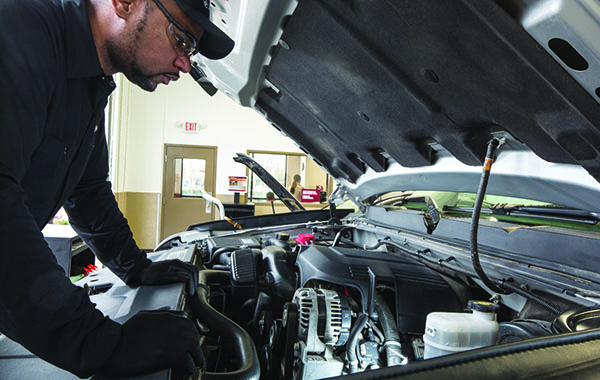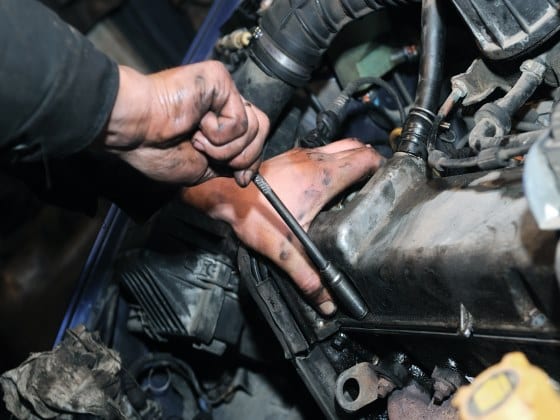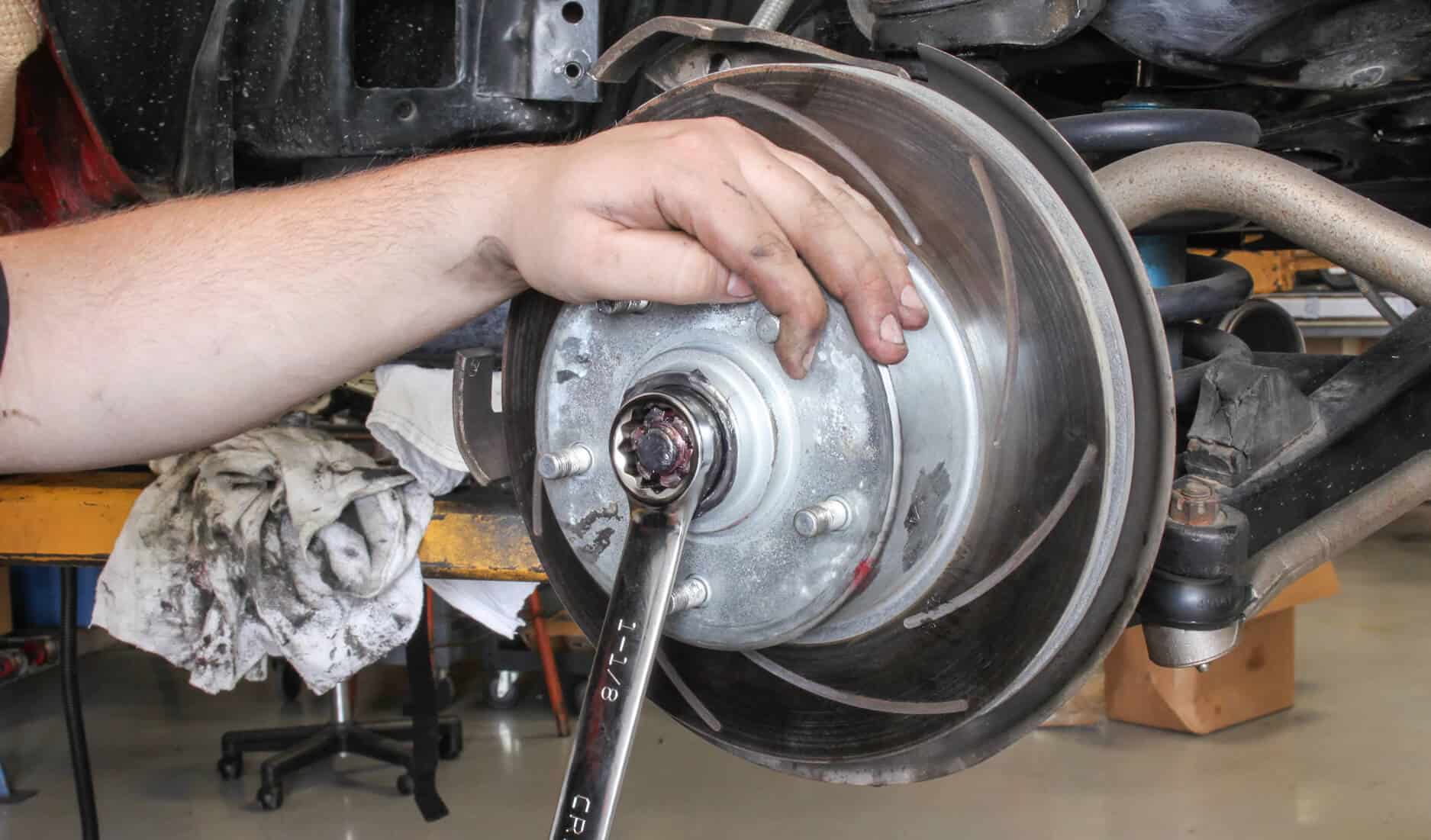Introduction
- Introduce the critical role of the serpentine belt in driving multiple engine components.
- Highlight the importance of timely replacement to ensure optimal engine performance and reliability.

1. Understanding the Serpentine Belt
- Function: Explain how the serpentine belt powers essential engine components such as the alternator, water pump, power steering pump, and air conditioning compressor.
- Design: Overview of the flat, ribbed design of modern serpentine belts and their durability.
2. Signs of Serpentine Belt Wear
- Visual Inspection: Identify signs such as cracks, fraying edges, or glazing on the belt surface indicating wear and potential failure.
- Auditory Clues: Recognize squealing or chirping noises from the engine bay, especially during engine startup or acceleration.
3. Replacement Interval
- Manufacturer Recommendations: Review vehicle-specific maintenance schedules and manufacturer recommendations for serpentine belt replacement intervals (typically every 60,000 to 100,000 miles).
- Climate Considerations: Factors affecting belt wear, such as extreme temperatures and humidity, warranting more frequent inspections and replacements.
4. DIY Serpentine Belt Replacement
- Preparation: Tools and materials needed (e.g., replacement belt, wrench or socket set, belt tensioner tool).
- Removal Procedure: Step-by-step instructions for safely removing the old serpentine belt, noting the routing and positioning of the belt around pulleys.
- Installation Steps: Guidelines for correctly installing the new serpentine belt, ensuring proper tension and alignment according to the vehicle’s routing diagram.
5. Professional Replacement Services
- When to Seek Professional Help: Reasons to consult a certified mechanic or technician for serpentine belt replacement, especially for vehicles with complex engine layouts or tensioner systems.
- Comprehensive Inspection: Importance of professional inspection for related components like pulleys, tensioners, and idler bearings for wear or damage.
6. Maintenance Tips
- Regular Inspections: Establishing a routine for visual inspections of the serpentine belt during oil changes or maintenance checks.
- Tension Adjustment: Monitoring belt tension and using a tension gauge or tool to ensure proper tension, preventing slippage and premature wear.
- Belt Condition: Checking for contaminants such as oil leaks or coolant spills that may degrade belt integrity and performance.
7. Benefits of Timely Replacement
- Engine Reliability: Ensuring consistent operation of vital engine components powered by the serpentine belt, thereby preventing unexpected breakdowns.
- Cost Savings: Avoiding costly repairs associated with belt failure, such as alternator or water pump replacement due to lack of power.
Conclusion
- Recap the importance of serpentine belt replacement in maintaining engine functionality, reliability, and overall vehicle performance.
- Encourage vehicle owners to prioritize regular inspections and timely replacements to prevent potential failures and ensure safe driving conditions.
- Emphasize the role of proactive maintenance in extending the lifespan of engine components and optimizing vehicle reliability.
By following these maintenance tips and best practices, vehicle owners can effectively manage serpentine belt replacement, ensuring continuous engine functionality and minimizing the risk of unexpected breakdowns.



